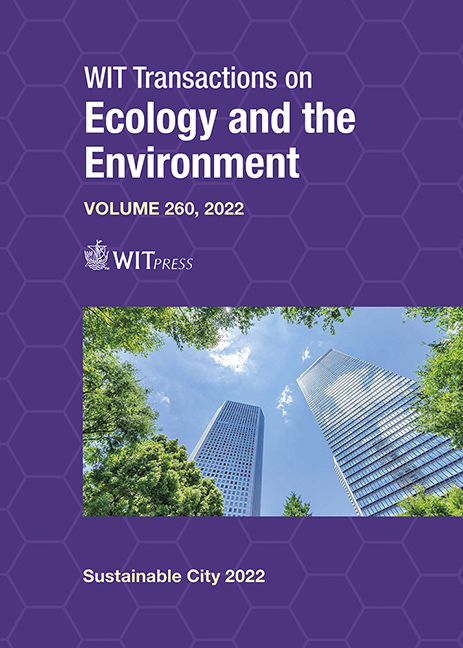USING CIRCULAR ECONOMY BUSINESS MODELS AND LIFE CYCLE ASSESSMENT TO IMPROVE THE SUSTAINABILITY OF ELEVATORS
Price
Free (open access)
Transaction
Volume
260
Pages
10
Page Range
525 - 534
Published
2022
Paper DOI
10.2495/SC220431
Copyright
Author(s)
MARCO TOMATIS, CHRISTIAN KUKURA, SINIŠA DJUROVIĆ, JUDITH APSLEY, DAVID GRIFFIN, JORDAN GRIFFIN, ROB CORNER, LAURENCE STAMFORD
Abstract
About 55% of the world’s population is currently living in cities, and an increasing level of urbanisation is expected in the future. Therefore, construction of tall buildings is increasing and, accordingly, the installation and maintenance of elevators are increasingly crucial enablers. Electric drives are one of the main components of elevators, controlling their movement, speed and torque. The lifetime of elevator drives is commonly shorter than that of the elevator, and thus, the drive needs replacing one or more times during the elevator’s lifetime, contributing to environmental impacts. This work explores the potential of drive refurbishment to improve the sustainability of the elevator. The potential reduction of environmental impacts related to the use of refurbished compared to new drives was assessed via life cycle assessment (LCA). Two elevator drives, the OVF20 (Otis) and the VF22BR (Schindler), were considered for this assessment, including empirical data collection on component materials and masses. Across a range of 18 impact categories, the results showed that refurbishing an elevator drive causes 53–91% lower environmental impacts compared to the construction of a new drive, and has the potential to reduce e-waste volumes by 72–84% depending on the drive considered. Across the lifetime of a whole elevator system, electricity consumption is the main source of impacts, accounting for 63–99% of the total, while the drive itself contributes ≤27%. Nonetheless, it is possible to decrease the lifetime environmental impacts of an elevator by 1–17% by installing refurbished elevator drives. Overall, the results of this study suggest that the use of circular economy strategies can markedly improve the environmental sustainability of elevators and could be coupled with other green elevator strategies to enable more eco-friendly urbanisation.
Keywords
lifts, circularity, LCA, e-waste, environmental impacts, green elevator strategy, elevator drive





